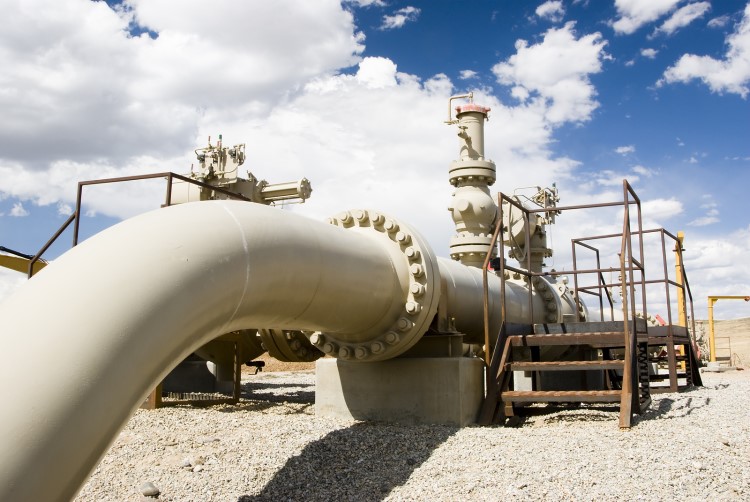US Natgas on Track to Close at 2008 High Again on Soaring LNG Demand
(Reuters) — U.S. natural gas futures rose about 1% on Friday, putting the front-month on track to close at its highest since December 2008 for a second day in a row, as much higher global prices since Russia's invasion of Ukraine keep demand for U.S. LNG exports near record highs.
U.S. prices also climbed on growing worries that cooler weather expected in coming weeks will keep heating demand high and prevent utilities from adding much gas to storage during that time. U.S. gas stockpiles were already about 17% below the five-year (2017-2021) average for this time of year.
U.S. front-month gas futures rose 6.4 cents, or 1.0%, to $6.423 per million British thermal units (MMBtu) at 9:18 a.m. EDT (1318 GMT), putting the contract on track for its highest close since December 2008 for a second day in a row.
That also put the front-month up about 13% this week and on track to rise for a fourth week in a row for the first time since October.
U.S. gas futures have already soared about 73% this year with much higher prices in Europe keeping demand for U.S. LNG near record highs as several countries try to wean themselves off Russian gas after Moscow invaded Ukraine on Feb. 24, an action the Kremlin calls a "special military operation."
European gas futures rose about 3% to around $34 per MMBtu as lower wind power output boosts demand for gas and on growing worries that Russian sanctions could cause Europe to ban Russian imports or prompt Russia to stop exporting gas to Europe.
Russia, the world's second-biggest gas producer, provided about 30% to 40% of Europe's gas in 2021, totaling about 18.3 billion cubic feet per day (Bcf/d). The EU wants to cut Russian gas imports by two-thirds by the end of 2022 and refill stockpiles to 80% of capacity by Nov. 1, 2022, and 90% by Nov. 1 each year beginning in 2023.
Record LNG demand also boosted the 12-month U.S. gas futures strip to $6.44 per MMBtu, its highest since January 2009, and helped keep the U.S. front-month in technically overbought territory with a relative strength index (RSI) over 70 for an eighth day in a row for the first time since July 2021.
Despite recent gains, the U.S. gas market remains mostly shielded from much higher global prices because the United States, as the world's top gas producer, has all the fuel it needs for domestic use and capacity constraints limit its ability to export more LNG no matter how high global prices rise.
Data provider Refinitiv said average gas output in the U.S. Lower 48 states rose to 94.5 Bcf/d so far in April from 93.7 Bcf/d in March. That compares with a monthly record of 96.3 Bcf/d in December.
Refinitiv projected average U.S. gas demand, including exports, would drop from 99.4 Bcf/d this week to 95.0 Bcf/d next week as the weather turns seasonally milder before rising to 95.9 Bcf/d in two weeks with a brief cool down. The forecasts for this week and next were higher than Refinitiv's outlook on Thursday.
The amount of gas flowing to U.S. LNG export plants slid from a record 12.9 Bcf/d in March to 12.4 Bcf/d so far in April due to declines at the Corpus Christi and Freeport facilities in Texas. The United States can turn about 13.2 Bcf/d of gas into LNG.
Since the United States will not be able to produce much more LNG anytime soon, the country has worked with allies to divert more LNG exports to Europe to help European Union (EU) countries and others break their dependence on Russian gas.
Related News
Related News

- Keystone Oil Pipeline Resumes Operations After Temporary Shutdown
- Freeport LNG Plant Runs Near Zero Consumption for Fifth Day
- Biden Administration Buys Oil for Emergency Reserve Above Target Price
- Mexico Seizes Air Liquide's Hydrogen Plant at Pemex Refinery
- Enbridge to Invest $500 Million in Pipeline Assets, Including Expansion of 850-Mile Gray Oak Pipeline





Comments